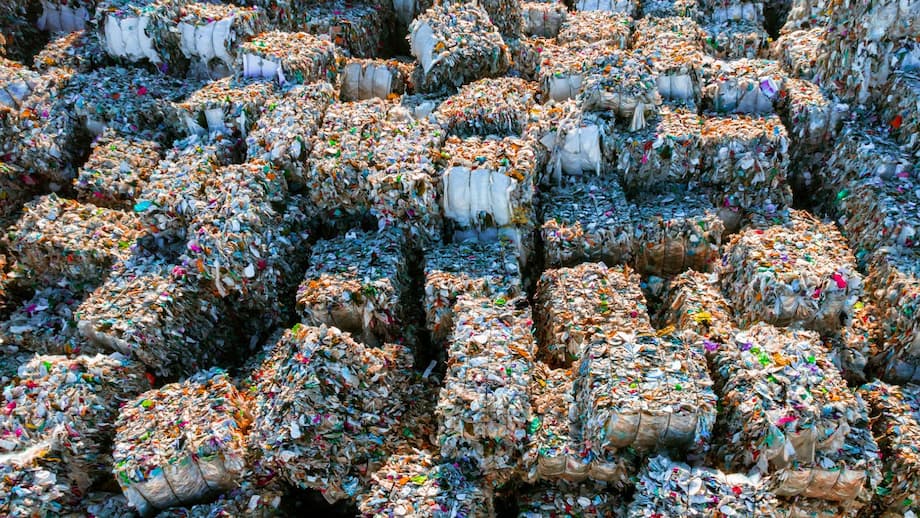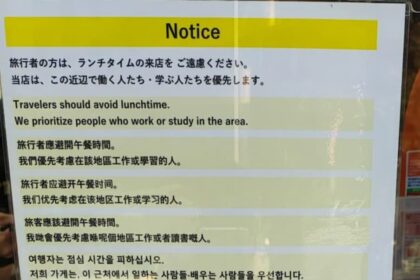Revolutionizing Plastic Recycling: Turning Waste into Petrol in a Single Step
Plastic pollution is one of the most pressing environmental challenges of our era. With global plastic production surpassing 10 billion tonnes, the majority of this material ends up as hard-to-recycle waste, polluting landfills, waterways, and oceans. In a groundbreaking development, a team of scientists from the United States and China has unveiled a one-step process that efficiently converts mixed plastic waste into petrol at room temperature and ambient pressure, achieving over 95 percent efficiency. This innovation could transform how societies manage plastic waste, offering a scalable, energy-efficient, and economically viable solution that supports a circular economy.
What Makes This Breakthrough Different?
Traditional plastic-to-fuel technologies, such as pyrolysis and gasification, typically require high temperatures, multiple processing steps, and significant energy input. These methods often struggle to handle mixed or contaminated plastic waste, especially plastics like polyvinyl chloride (PVC), which can release toxic emissions if not properly treated. The new process, developed by researchers from the Pacific Northwest National Laboratory, Columbia University, the Technical University of Munich, and East China Normal University, overcomes these hurdles by combining dechlorination and fuel conversion in a single, low-energy step.
Unlike conventional methods, this approach operates at room temperature for PVC and at only 80°C for mixed polyolefin waste (such as polyethylene and polypropylene). It uses light isoalkanes—hydrocarbon byproducts from refinery processes—to facilitate the conversion, yielding gasoline-range hydrocarbons and recovering hydrochloric acid as a valuable byproduct. The process is not only efficient but also designed for industrial scalability, requiring less equipment and fewer steps than existing technologies.
Addressing the PVC Challenge
PVC is a common plastic found in pipes, window frames, and cables, but it poses significant recycling challenges due to its chlorine content. Traditional recycling requires a separate dechlorination step to prevent the formation of hazardous compounds. The new method integrates dechlorination and conversion, upgrading discarded PVC into chlorine-free fuel-range hydrocarbons and hydrochloric acid in a single stage. Laboratory tests demonstrated 95 percent conversion efficiency for soft PVC pipes and 99 percent for rigid PVC pipes and wires at just 30°C. When mixed with polyolefin waste, the process maintained a 96 percent conversion rate at 80°C, showing its effectiveness with real-world, mixed, and contaminated waste streams.
How Does the One-Step Process Work?
The core of the innovation lies in the chemical reaction between plastic waste and light isoalkanes. When mixed together, the plastics break down into smaller hydrocarbon molecules—essentially the building blocks of petrol—while hydrochloric acid is recovered from PVC-containing waste. This acid can be safely neutralized and reused in various industries, including water treatment, metal processing, pharmaceuticals, and food production.
According to the research team, the process supports a circular economy by converting problematic plastic streams into valuable products that can re-enter industrial supply chains. The method’s simplicity and efficiency make it attractive for large-scale adoption, potentially enabling existing industrial facilities to integrate plastic waste conversion without major infrastructure changes.
Expert Perspectives and Industry Implications
Dr. Johannes Lercher, director of the Institute for Integrated Catalysis at Pacific Northwest National Laboratory and a co-author of related studies, emphasized the significance of low-temperature, single-step processes for plastic upcycling. As he explained,
“To solve the problem of persistent waste plastic, we need to reach a critical point where it makes more sense to collect it and return it to use than to treat it as disposable.”
Most plastic waste consists of polyolefins like polyethylene and polypropylene, which are notoriously difficult to recycle due to their strong carbon-carbon bonds. The new process breaks these bonds efficiently at much lower temperatures than traditional methods, reducing energy consumption and operational costs. The use of catalysts—substances that speed up chemical reactions without being consumed—plays a crucial role in controlling the breakdown and recombination of plastic molecules into high-value fuels.
Comparing with Other Advanced Recycling Technologies
The field of plastic recycling has seen several recent innovations, each with its own strengths and limitations. For example, researchers at the University of California, Berkeley, have developed a catalytic process that vaporizes plastic bags and bottles, turning them into hydrocarbon building blocks for new plastics. This method also works at relatively low temperatures and can handle mixtures of polyethylene and polypropylene, which make up about two-thirds of post-consumer plastic waste worldwide.
Other approaches include microwave-assisted pyrolysis, where plastics are heated using microwave energy in the presence of catalysts like ZSM-5 or carbon felt. These methods can selectively produce valuable chemicals such as benzene, toluene, ethylbenzene, and xylene (BTEX), or light olefins like ethylene and propylene. Induction heating with metal-free carbon catalysts has also shown promise for converting waste plastics into olefins and aromatics with high efficiency and low energy consumption.
While these technologies offer important advances, many still require high temperatures, multiple steps, or struggle with mixed or contaminated waste. The US-China team’s one-step process stands out for its ability to handle diverse plastic streams—including PVC—at low temperatures and with minimal energy input, making it particularly suitable for industrial-scale deployment.
Environmental and Economic Impact
Plastic waste is a global crisis, with only about 9 percent of all plastic ever produced being recycled. The rest accumulates in landfills, natural environments, or is incinerated, contributing to pollution and greenhouse gas emissions. Chemical recycling methods like the new one-step process offer a way to recover value from plastic waste, reducing reliance on fossil fuels and supporting a more sustainable, circular economy.
The co-production of hydrochloric acid adds further economic value, as this chemical is widely used in industry and can be safely managed. By turning waste into both fuel and industrial chemicals, the process creates new revenue streams and incentives for plastic collection and recycling. This could help shift the economics of plastic waste management, making it more attractive to recover and process plastics rather than discard them.
Challenges and Future Directions
Despite its promise, the new process faces several challenges before it can be widely adopted. Scaling up from laboratory to industrial scale will require further research and investment, particularly to ensure consistent performance with real-world waste streams that may contain a variety of additives and contaminants. Regulatory approval and public acceptance will also be important, especially given concerns about potential emissions and the safety of handling hydrochloric acid.
There are also broader questions about the role of plastic-to-fuel technologies in a sustainable future. Some environmental advocates caution that converting plastics to fuel, while better than landfilling or incineration, still results in the eventual release of carbon dioxide when the fuel is burned. Ideally, such processes would be integrated with efforts to reduce plastic production, improve product design for recyclability, and promote the use of renewable materials.
Global Context: Innovations in Plastic Recycling
The US-China breakthrough is part of a larger wave of innovation in plastic recycling. In the UK, projects are underway to convert plastic waste into hydrogen or oil, while researchers worldwide are developing new catalysts and reactor designs to improve efficiency and selectivity. The use of microwave and induction heating, advanced catalysts, and continuous processing systems are all contributing to a more sustainable and economically viable recycling industry.
Mechanical recycling—where plastics are shredded and re-melted—remains important but is limited by contamination and the degradation of material properties. Chemical recycling, including the new one-step process, offers a way to handle plastics that are otherwise destined for landfill or incineration, including multi-layer packaging and mixed waste.
Broader Implications: Toward a Circular Economy
The concept of a circular economy aims to keep materials in use for as long as possible, extracting maximum value and minimizing waste. The new one-step plastic-to-petrol process aligns with this vision by turning problematic waste into valuable products that can re-enter industrial supply chains. By making plastic recycling more efficient, cost-effective, and scalable, such innovations could help close the loop on plastic use and reduce the environmental impact of our modern lifestyles.
As Dr. Lercher and his colleagues note, the ultimate goal is to make it economically and environmentally preferable to recycle plastics rather than discard them. With continued research, investment, and policy support, the new process could play a key role in achieving this goal and addressing the global plastic waste crisis.
In Summary
- A US-China research team has developed a one-step process to convert mixed plastic waste into petrol at room temperature, achieving over 95 percent efficiency.
- The process combines dechlorination and fuel conversion, handling challenging plastics like PVC in a single stage and producing valuable byproducts such as hydrochloric acid.
- Compared to traditional methods, the new approach uses less energy, fewer steps, and is designed for industrial scalability.
- This innovation supports a circular economy by turning problematic plastic streams into useful fuels and chemicals that can re-enter industrial supply chains.
- While challenges remain in scaling up and integrating with broader waste management strategies, the breakthrough represents a significant advance in sustainable plastic recycling.












